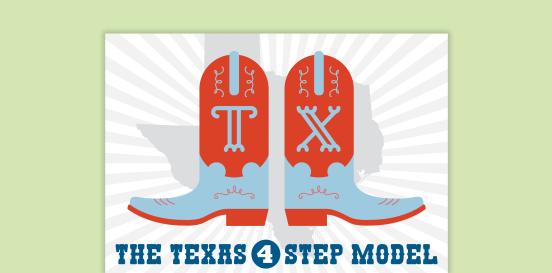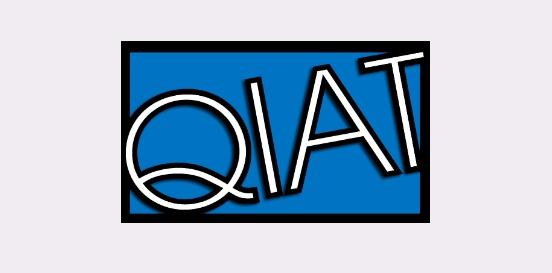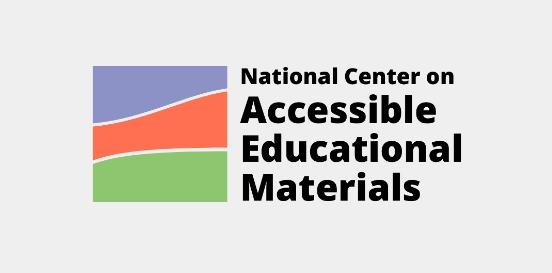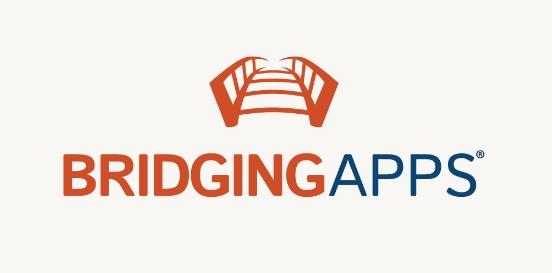Keyguard
Serves as a protective cover made of plastic or metal, designed to fit over a keyboard. It comes in different variations such as standard and compact, each tailored to various keyboard sizes. Users type by pressing keys through strategically positioned openings aligned with each key.
Considerations
Take the following considerations into account when selecting and implementing AT to ensure that the chosen tools are well-suited to the student’s needs, align with their goals, and seamlessly integrate into their educational journey. By embracing a collaborative approach and considering the specific skills, tasks, and implementation context, educators can provide students with the necessary support to thrive academically and functionally, promoting inclusivity and fostering their overall success.
Skills and Tasks What skills or tasks will the student utilize this tool for? What areas, functional or academic, does this tool support?
- Typing
- Technology use
- Fine motor skills
- Keyboard use
Implementation Context In what activities, classes, or environments will the student utilize this tool?
A keyguard is an assistive technology device designed to help individuals with motor disabilities, particularly those with limited dexterity or control over their movements, to operate keyboards or keypads more effectively. It typically consists of a thin, transparent or opaque overlay that fits on top of a keyboard or keypad, with holes or cutouts corresponding to the keys or buttons.
The keyguard acts as a physical guide, helping users to accurately target individual keys or buttons without accidentally pressing neighboring keys. This can greatly improve typing accuracy and efficiency for individuals with motor impairments. Keyguards are commonly used in conjunction with communication devices, computer keyboards, and other electronic interfaces to make them more accessible to people with motor disabilities.








